Have you ever opened your wardrobe, pulled out a favourite jumper, and found tiny holes all over it? If so, it’s possible that tiny insects have munched on your clothes called moths – or more specifically, by their larvae. In this post, we’ll explore whether moths truly eat clothes, why they do it, and how you can protect your clothes from these sneaky nibblers!

What Are Clothes Moths?
The term clothes moth refers to a few types of moths known for feeding on natural fabrics like wool, silk, fur, and even feathers. These include the webbing clothes moth (Tineola bisselliella) and the casemaking clothes moth (Tinea pellionella). They’re small and usually gold or beige in colour, and they actually prefer dark places – which is why they’re often found in wardrobes and drawers where our clothes are kept.

Do Moths Really Eat Clothes?
Interestingly, adult moths don’t actually eat clothes! What happens is that adult female moths lay eggs in dark, undisturbed areas where natural fibres are stored. After these eggs hatch, they become tiny larvae, or caterpillars, that are very hungry. It’s these caterpillars that do the damage. Clothes moth larvae feed on keratin, a protein found in animal fibres, which is why they target clothes made from wool, silk, cashmere, and other natural materials.

Why Do Moths Prefer Certain Types of Clothes?
Moths are particularly attracted to natural fibres like wool, silk, fur, and feathers because of the keratin content. Keratin is a type of protein found in animals that gives these materials their strength. The larvae can digest this protein, making it a great food source for them. Clothes made from synthetic materials, like polyester or nylon, are not appealing to them because they lack keratin.

Did You Know?
Moth larvae are actually more attracted to clothes with stains, like sweat, food, or drink spills. These spots have extra nutrients that make the fabric even tastier for them!
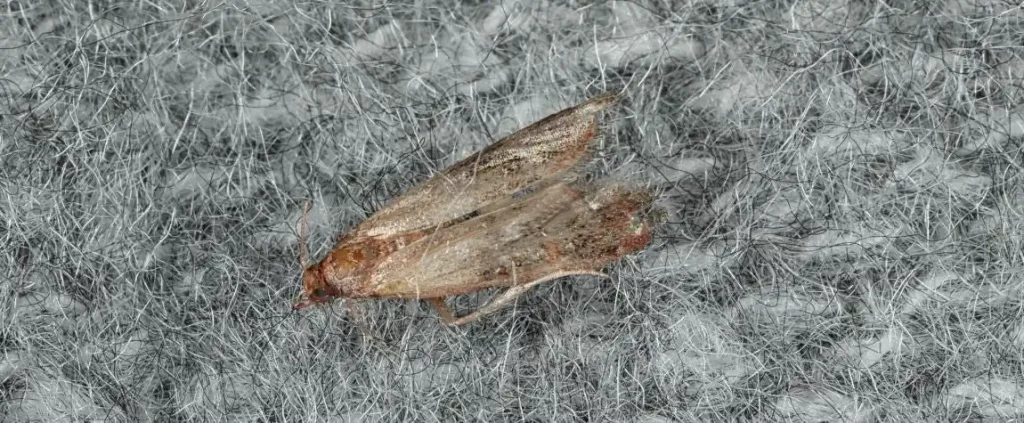
How Do Moths Find Our Clothes?
Moths like quiet, undisturbed areas, so your clothes might be safe in places that get regular air or sunlight. But if you keep your winter woollies in a dark, warm wardrobe all summer, these are prime hiding spots for moth eggs and larvae.
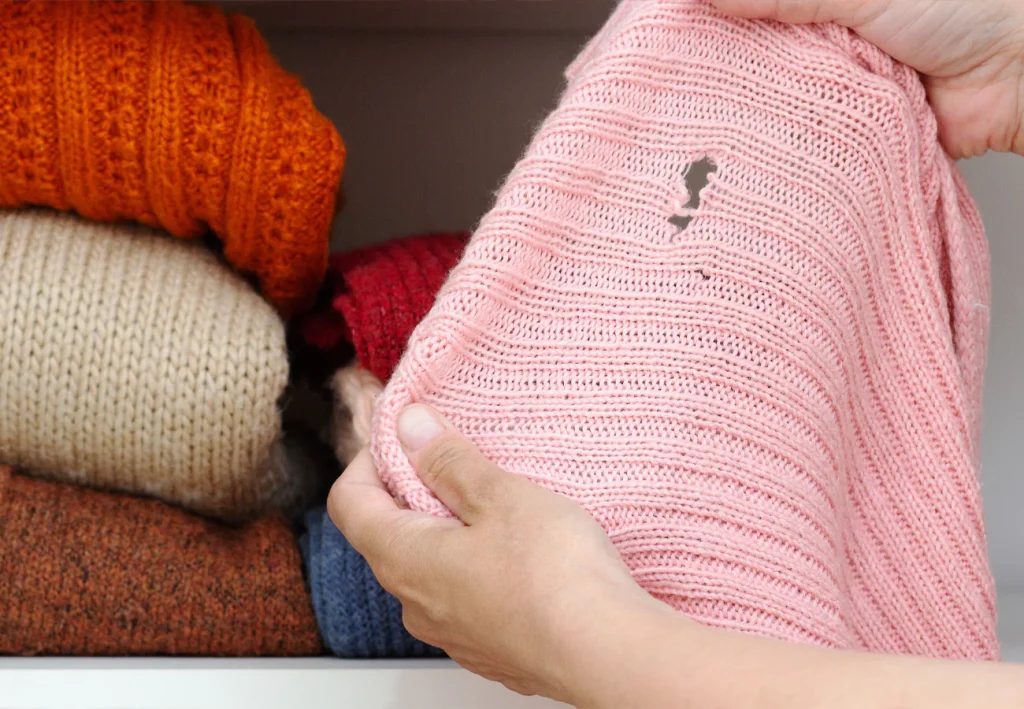
Signs That Moths Have Been Eating Your Clothes
If moth larvae are around, you may notice:
- Small holes in your clothes, especially woollen items.
- Silky tunnels or web-like structures in the fabric.
- Tiny cocoons or shells that look like little bits of dust.

How to Protect Your Clothes from Moths
Here are a few ways to keep your clothes safe from moths:
- Keep Clothes Clean: Wash clothes regularly and avoid storing items that aren’t clean. As mentioned, moth larvae are attracted to stains, so clean clothes are less appealing to them.

- Use Cedar or Lavender: Both cedar and lavender are natural moth repellents. Cedar wood contains oils that moths don’t like, and lavender has a scent that can help keep them away. You can hang cedar blocks or lavender sachets in your wardrobe.

- Store Clothes Properly: Store off-season clothes in airtight containers. Moths can’t get in if the container is properly sealed. You can also consider vacuum-sealed bags, which compress clothes and prevent moths from entering.
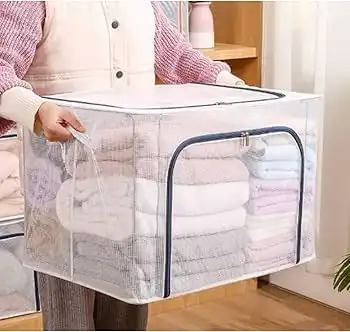
- Sunlight and Ventilation: Regularly airing out your clothes can help. Moths prefer dark, damp places, so exposing your clothes to sunlight and fresh air can make them less attractive to moths.

- Use Moth Traps: There are specific traps designed to capture adult moths. These traps use pheromones to attract moths, keeping them from laying eggs.

Fun Fact: Not All Moths Eat Clothes!
There are actually thousands of different moth species, but only a small number are interested in munching on our clothes. Most moths prefer flowers or other natural materials that don’t involve your favourite jumper!
What to Do if You Already Have Moths
If you think moths have already invaded your wardrobe, it’s time to act fast! Here’s a step-by-step guide:
- Remove Affected Items: Carefully take out any clothes with signs of damage. Wash them or, if they’re delicate, consider dry cleaning.
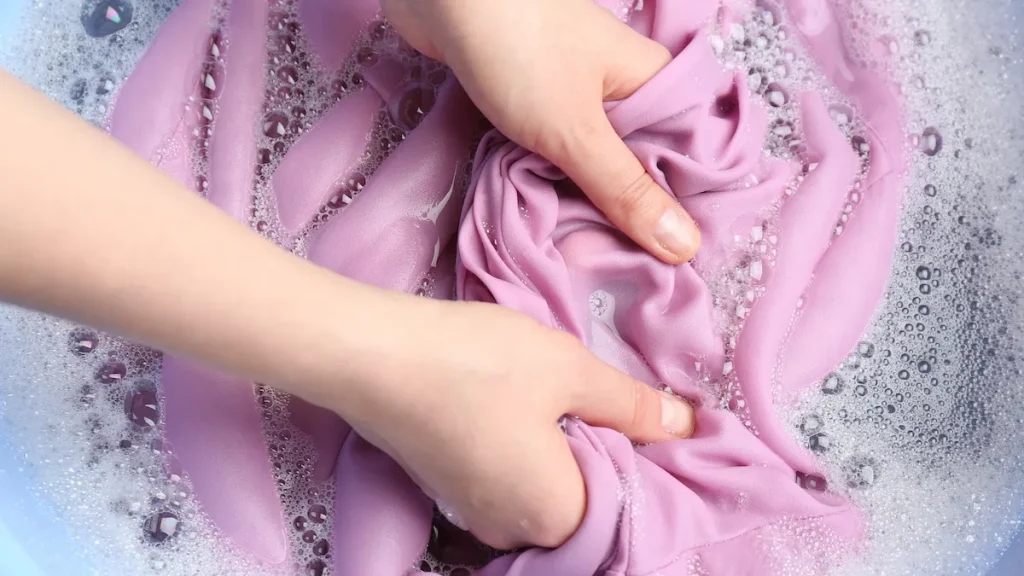
- Vacuum the Area: Vacuum your wardrobe, drawers, and even carpets, as larvae can also hide there.

- Freeze: For delicate or woollen clothes, putting them in a sealed bag and freezing them for 72 hours can kill any eggs or larvae.
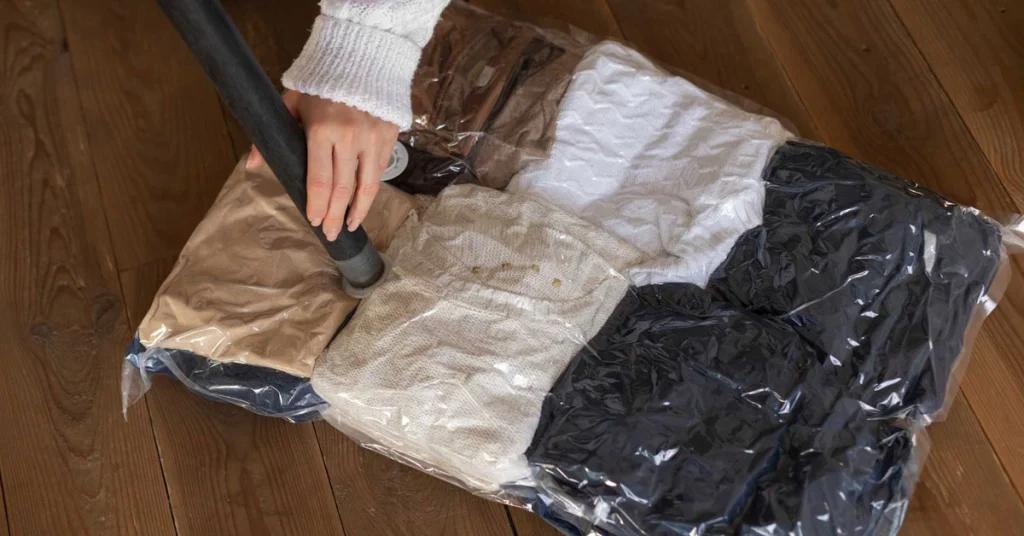
- Use Moth Sprays: There are sprays available that kill both larvae and adult moths. Just be sure to follow safety instructions carefully.

Conclusion: Be a Moth-Prevention Pro!
Keeping moths away from your clothes is all about a bit of prevention and some simple storage tricks. By keeping clothes clean, using natural repellents like cedar or lavender, and storing your clothes properly, you can help protect your wardrobe from these tiny caterpillars.
Moths may be small, but the damage they cause can be big, so a little effort can go a long way in keeping your clothes safe. Now you know the real truth – it’s not the moths themselves but their hungry little larvae you’ve got to watch out for!
For more interesting articles, please visit www.kidzherald.com





